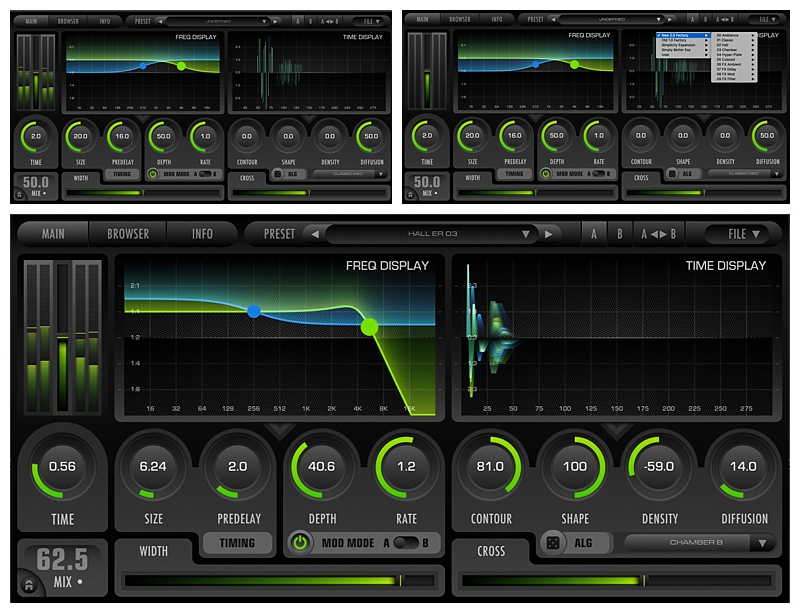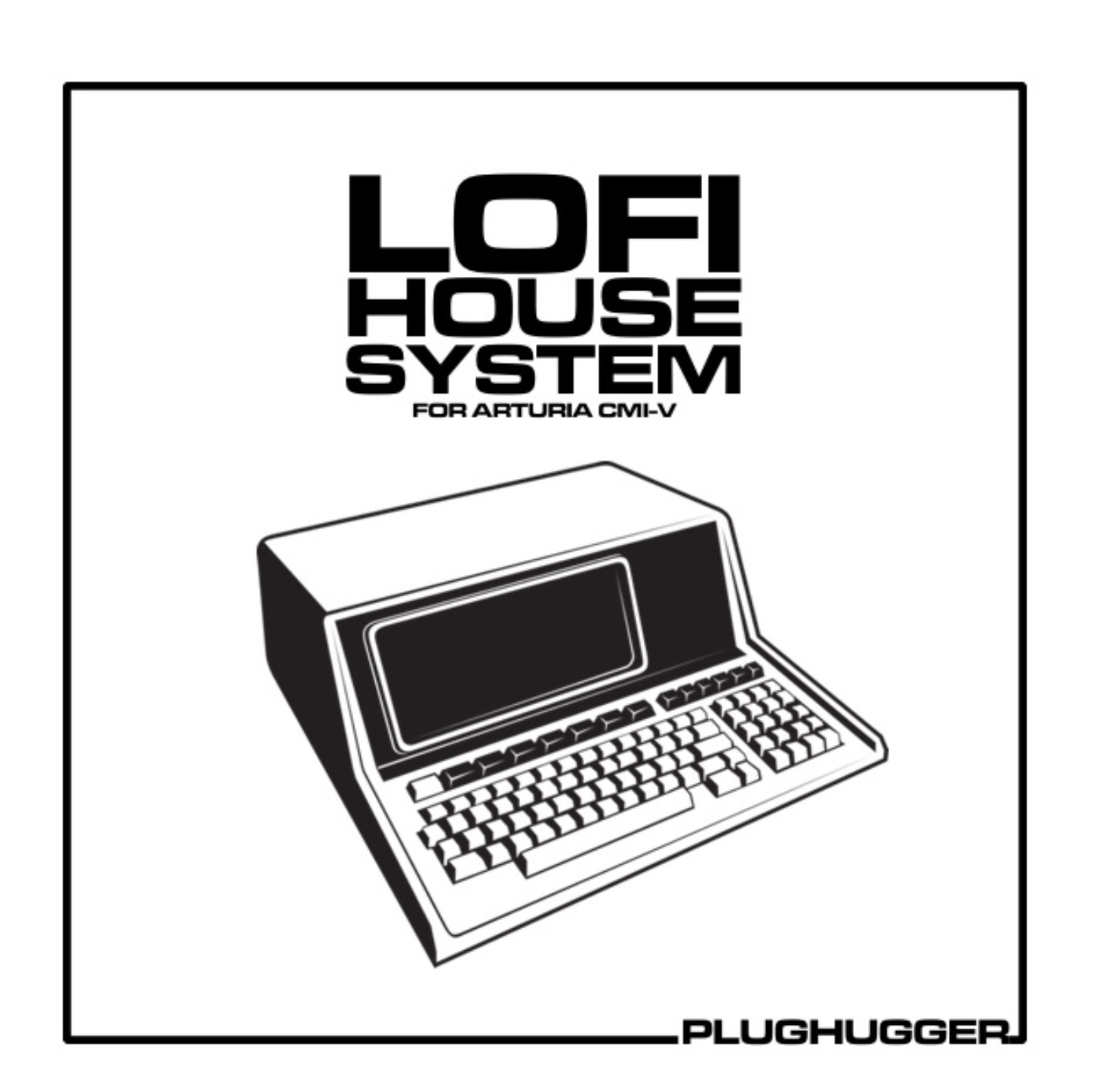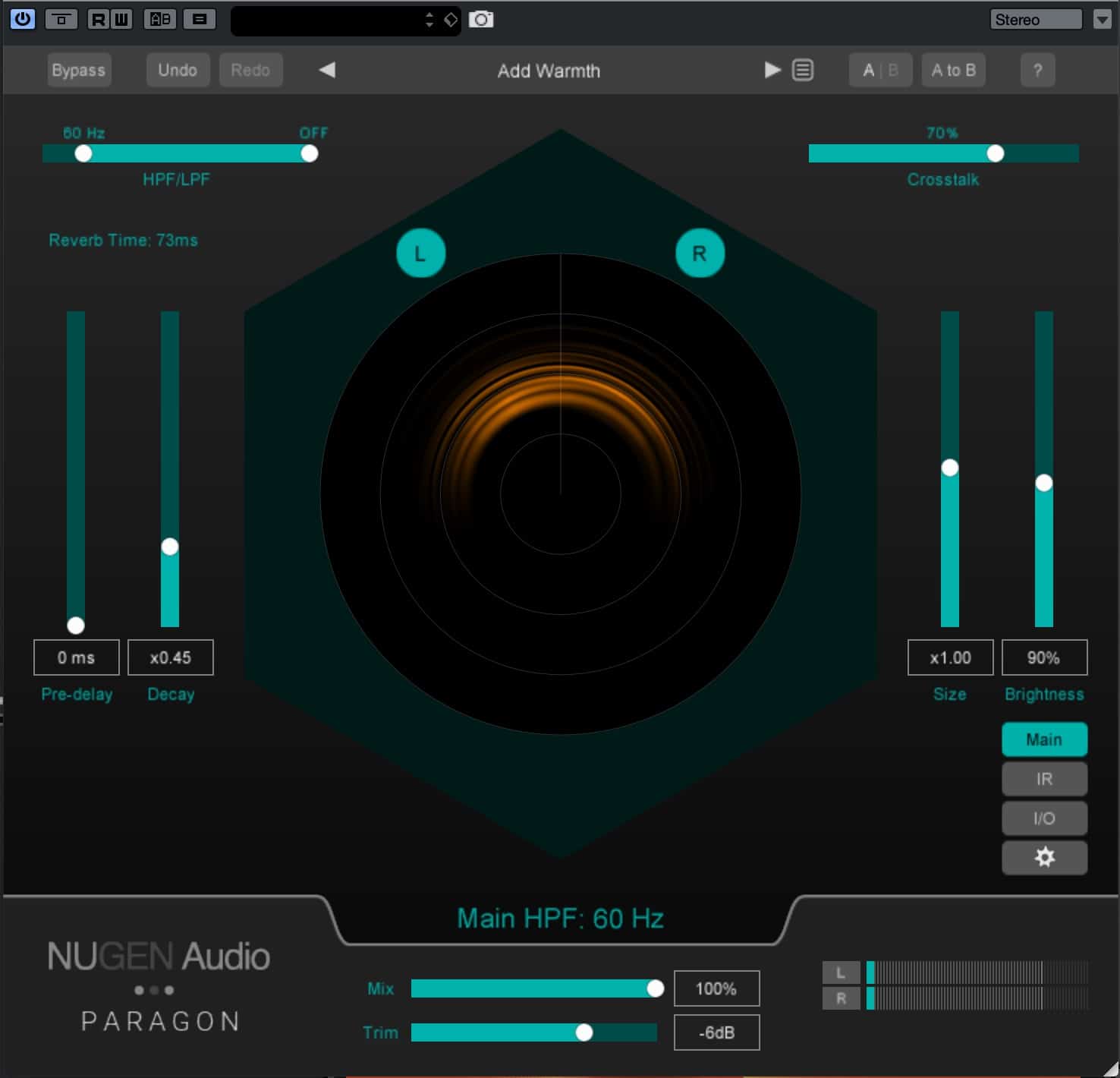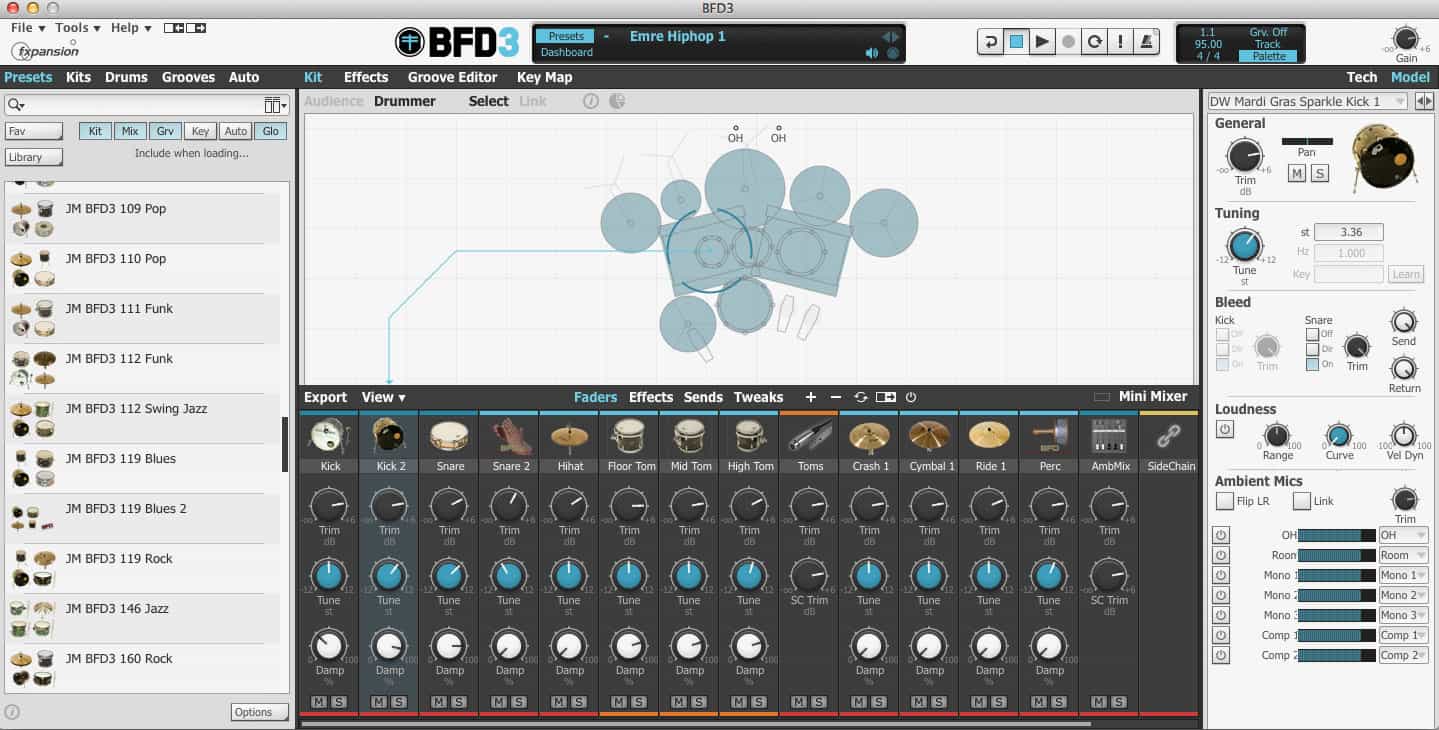Breeze 2 is a universal product for anyone who is working in any form of music/audio production. It is a stereo delay/reverb plugin with an intuitive and easy to use interface. The plugin has two channels, each with its own independent set of controls for delay and reverb. The plugin also has a global wet/dry control, which allows you to blend the affected and dry signals together.
Breeze 2 by 2CAudio Review
Breeze is an industry-leading algorithmic reverb that is ultra-efficient, easy to use, and most importantly sounds wonderful. It’s also been made to be even more resilient than previous versions, making it one of the most powerful spatial tools available!

Breeze 2.5
The Breeze 2.5 DSP incorporates an intelligently adaptive Distance-Link DSP mode, the Precedence Link inter-plugin communication system, Multi-Instance Editing, Edit Groups, Global Broadcast, and other significant changes. Because of these capabilities, Breeze 2.5 and Precedence 1.5 may be utilized as a single Spatial Mixing Environment, allowing for both an incredibly synergistic workflow as well as a genuinely next-generation sound result.
What’s New in Breeze 2.5?
- Distance Link DSP mode
- Precedence Link Inter-Plugin Communication
- Multi Instance Editing
- Edit Groups
- Global Broadcast
- Selection Sync
- Vastly less memory usage and additonal performance
- Continued improvements of the Chameleon Color GUI system
“Breeze 2 offers ultra-dense Chambers and “Hyper-Plates”, slow-building Halls, sparse Classic modes, and special Colored modes give interesting spectral effects”, said Andrew Souter about Breeze 2. Regarding the new Hyper-Plate modes specifically, Andrew Souter, Breeze 2’s primary algorithm designer comments: “The goal was to make something that sounds great and has similar psycho-acoustic properties to real plates such an extreme density, instant density buildup, dispersion, and huge decay times for bass if desired.“ 2CAudio did send a review copy with no strings attached.

Breeze – Installation
It is a plugin you install on your MAC or Windows workstation. Breeze is available for VST, AAX, and AU (MAC only) hosts.
Breeze – Sound
Breeze is a complete product that interests complete beginners as well as the pro mix engineers, composers, and sound designers. As for its steam, you can quickly scale Breeze 2 to more than 100 instances per project.

The sound produced by Breeze 2 is unquestionably stunning. It sounded massive and formed as I have rarely heard in other plugins. The modulation sound is brilliant! Breeze 2 is unmistakably significantly stronger than Breeze 1.
You should upgrade asap to benefit from the new features and performance improvements in Version 2. The effect plugin performance is over twice as fast as Breeze 1 on average. Also, the new version includes enhanced presets and an improved user interface for easier navigation. Additionally, recent reviews have praised the new features and increased speed, with Falcon 2.5 review by UVI highlighting the significant improvements in workflow and sound quality. Don’t miss out on these upgrades – download Version 2 now to take advantage of all the benefits.
When you use Breeze 2 with synth, the result is an entirely new synth layer – so much more than a typical reverb.
Breeze 2 features:
- 2CAudios fastest, most efficient reverbs on the market
- The renown 2CAudio sound without the CPU usage
- Over twice as fast as Breeze 1 on average, often significantly more
- Render entire songs in seconds
- Scales to hundreds of simultaneous instances on modern CPUs
- 12 Algorithm Modes (9 completely new modes)
- Ultra-dense Chamber and Plate modes
- Colored modes for interesting spectral effects
- 12 Damp and EQ filter types
- Randomization Button
- Interactive Frequency Display
- Completely 64-bit double-precision process end-to-end
- Noise-floors approaching -300dB
- 100% procedural and Resizable GUI
Breeze 2 offers 480 Total Factory Presets including:
- 160 Current V2 Factory Presets
- 320 Legacy V1 Factory Presets
You can expand this through a wide range of optional (purchase required) presets from 2CAudio and third-party developers:
- 260 presets in the Simply Better Expansion
- 200 presets in the Glacier Breeze Expansion
- 200 presets in the Spatial Creatives Expansion
- 222 presets in the Simplicity Expansion
Glacier Breeze Expansion
• Created by renown artist, composer, and sound-designer Simon Stockhausen, founder of Patchpool.net
• 200 cinematic, thematic, and huge ambient presets perfect for scoring work
Spatial Creatives Expansion
• Created by veteran sound-designer Andrew Schlesinger whose previous work includes presets for Lexicon, TC Electronics, Yamaha, Sony, Eventide, Roland, Korg, Kurzweil, Emu, Alesis, and Casio and other hardware legends
• 200 hyper-real, imagined and creative spaces for use in all forms of rock, post-rock, synth pop, and contemporary electronic music production
Simply Better Expansion
• Created by Andrew Souter, Breeze 2.0’s primary algorithm designer
• 260 presets focusing exclusively on using all of the extensive new 2.0 features to achieve results that were impossible to achieve previously with 1.0
Breeze 2 – User interface & Usability
Breeze 2 follows the Interface guidance from 2CAudio that is used on all their new plugins. The result is an effect plugin with a simple interface, easy-to-use filtering options, and a large range of presets.
The CPU performance is excellent. You should not experience any drag on a standard system. The CPU usage is way lower than most of the reverb I know and use, and I have a lot of reverb plugins in my toolbox.

Rating: Five out of five stars
Breeze 2 is an excellent second-generation reverb. I love the reverb that I can generate with this effect plugin. I sound enormous, pristine, or small – just as I need for a track of the overall mix channel.
The tool is supported by a wide range of presets that can be expanded with additional packs. I used it in a recent production where I got that unique and lush reverb I was looking for in the mix. Breeze 2 has the vibe I am looking for in a reverb plugin. All you need for a decade of reverb.










